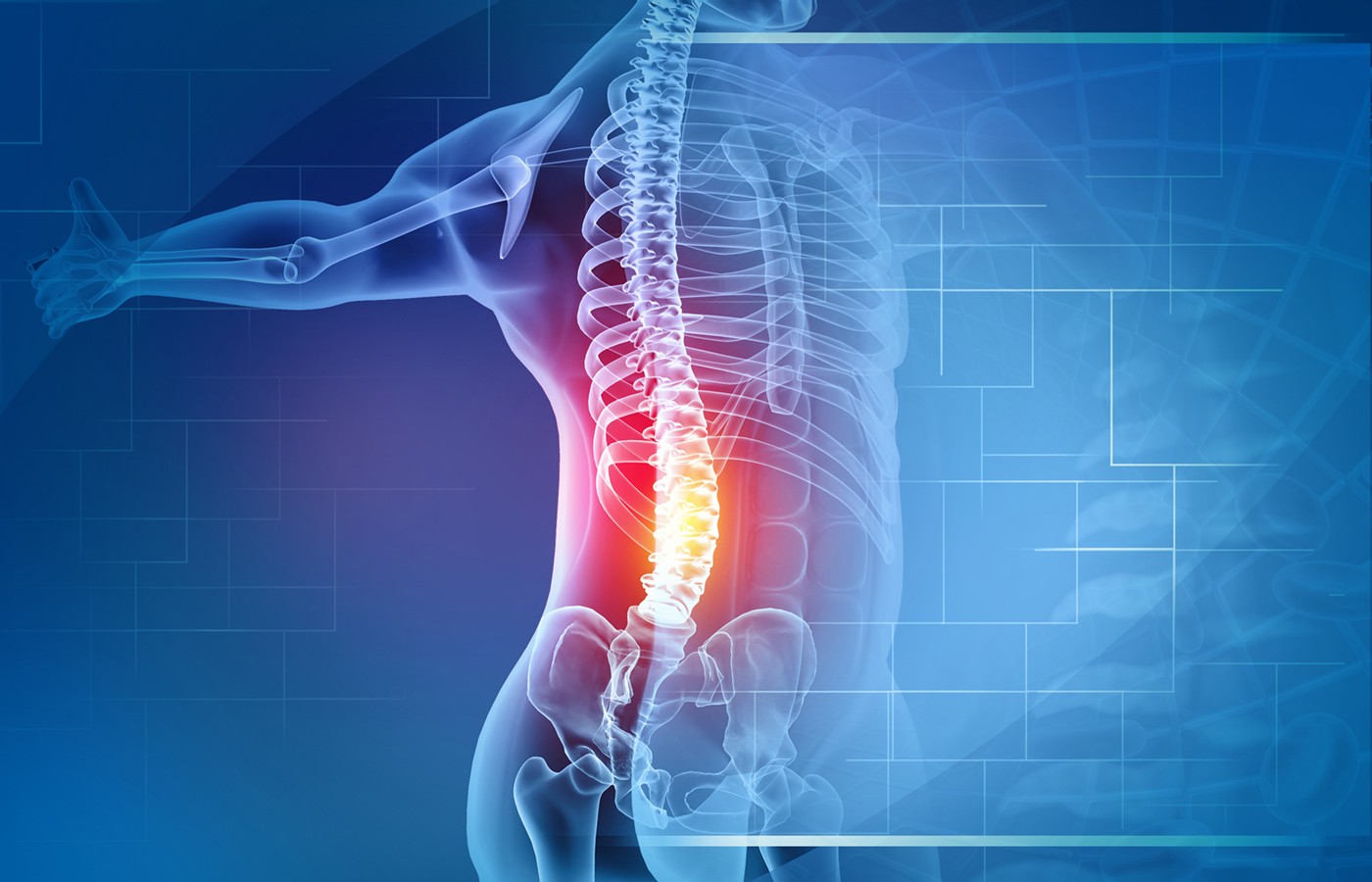Some doctors thrive in a personality-based clinic and have a loyal following no matter what services or equipment they offer, but for most chiropractic offices who are trying to grow and expand, new equipment purchases help us stay relevant and continue to service our client base in the best, most up-to-date manner possible. So, regarding equipment purchasing: should you lease, get a bank loan, or pay cash?
New Guideline on Chronic LBP: Global Impact
- “Spinal manipulative therapy” which includes chiropractic, is among the interventions the guideline recommends for all adults, including older adults.
- The chiropractic profession was represented by several noted DCs in all aspects of development and review.
- Within the short list of recommended interventions, most DCs provide at least three. Thus, it is not hard to conclude that doctors of chiropractic should be the first choice for chronic low-back pain management.
On Dec. 7, 2023, the World Health Organization (WHO) released its “Guideline for Non-Surgical Management of Chronic Primary Low Back Pain in Adults in Primary and Community Care Settings.”1 The purpose of the 244-page document is to “provide evidence-based recommendations on nonsurgical interventions for chronic primary LBP in adults” that will improve outcomes. “Spinal manipulative therapy” which includes chiropractic, is among the interventions the guideline recommends for all adults, including older adults.
The guideline reviews both the benefits and the harms of nonsurgical interventions in the management of chronic primary LBP. In addition to spinal manipulative therapy, the guideline is also in favor of structured exercise, acupuncture, massage, NSAIDs and topical cayenne pepper (Capsicum frutescens).
NSAIDs continue to be the only recommended pharmacotherapy. Among the medication interventions the guideline recommends against are opioids, antidepressants (tricyclic, serotonin and noradrenaline reuptake inhibitor), skeletal muscle relaxants, injectable local anaesthetics and pharmacological weight-loss medications.
Acetaminophen, benzodiazepines and cannabis-related pharmaceutical preparations received “no recommendation,” while listing potential harmful effects including “cardiovascular, renal and gastrointestinal harms and increased mortality risk” for acetaminophen; “potential harms including memory impairment, misuse, overdose deaths from respiratory depression, somnolence, fatigue and light-headedness potentially leading to falls” for benzodiazepines; and “evidence of possible adverse events, including harms associated with its nonmedicinal use” for cannabis-related pharmaceutical preparations.
The chiropractic profession was represented by several noted DCs in all aspects of development and review. The Guideline Development Group included Dr. Jan Hartvigsen and Dr. Geoffrey Outerbridge. The External Review Group included Dr. Pierre Côté and Dr. Scott Haldeman. WFC Research Committee Chair Dr. Sidney Rubinstein led one of the eight systematic reviews teams, with Dr. Silvano Mior as a member of another team.
While the WHO guideline was discipline neutral, it is designed to be used by “clinical staff including medical doctors, nurses, allied health workers including chiropractors, occupational therapists, physiotherapists, pharmacists, psychologists and community health workers, as well as public health programme and system managers.”
Within the short list of recommended interventions, most chiropractors provide at least three: spinal manipulation, structured exercise and massage. Thus, it is not hard to conclude that doctors of chiropractic should be the first choice when it comes to chronic low-back pain management.
This guideline will be of particular benefit for World Federation of Chiropractic (WFC) national association members in their efforts to establish and strengthen chiropractic licensure and regulation worldwide.
What remains to be seen in the U.S. is for those involved in the medical management of chronic primary LBP to finally concede that the preponderance of evidence and guideline recommendations require a referral to a DC upon patient presentation. How many more guidelines are required to change the current referral behavior common in most health care organizations?



